Ignoring Mobile Responsiveness
With Singapore’s high mobile usage, failing to design a mobile-friendly website is a critical mistake. Websites that don’t display or function well on smartphones and tablets lose visitors quickly.
- Avoid fixed-width layouts that don’t adapt to different screens
- Test your website on multiple devices during development
- Optimize touch targets like buttons and links for easy tapping
Overloading Pages with Too Much Content
Cluttered pages overwhelm visitors and dilute your message. Singaporean users prefer clean, clear, and concise information that is easy to scan.
- Use whitespace effectively to separate sections
- Break up large blocks of text with headings and bullet points
- Focus on essential content and avoid unnecessary details
Poor Navigation Structure
Complex or confusing navigation frustrates users and increases bounce rates. Clear and simple navigation helps users find what they need quickly.
- Limit the number of menu items to key pages
- Use descriptive labels instead of vague terms
- Include a search function for content-heavy sites
Neglecting Website Speed Optimization
Slow websites drive away visitors and hurt your search rankings. Singapore’s fast-paced market demands quick-loading pages.
- Compress images and optimize media files
- Minimize the use of heavy scripts and plugins
- Choose reliable hosting with good local server coverage
Using Inconsistent Design Elements
Inconsistent colors, fonts, and button styles create a disjointed experience and reduce professionalism.
- Stick to a defined color palette and font family
- Reuse design components across pages for cohesion
- Maintain consistent spacing and alignment
Failing to Optimize for SEO
A beautiful website that isn’t optimized for search engines won’t attract organic traffic in Singapore’s competitive online market.
- Use proper heading tags (H1, H2, H3) to structure content
- Include relevant keywords naturally in titles and text
- Optimize meta descriptions and alt text for images
Overlooking Accessibility Standards
Websites that aren’t accessible exclude users with disabilities and can harm your brand reputation.
- Ensure sufficient color contrast between text and backgrounds
- Add alt text to all images
- Enable keyboard navigation and screen reader compatibility
Ignoring Localisation and Cultural Sensitivity
Not tailoring your website for Singapore’s diverse audience can result in disconnect and lost opportunities.
- Use language and examples that resonate locally
- Include local contact information and business hours
- Be mindful of cultural diversity in visuals and content
Skipping Testing and Quality Assurance
Launching a website without thorough testing can lead to broken links, display issues, and functional errors.
- Test across multiple browsers and devices
- Check all forms, buttons, and interactive elements
- Conduct user testing to identify usability problems
Conclusion: Avoiding These Mistakes Leads to Better Websites in Singapore
By steering clear of these common web design mistakes, businesses in Singapore can create websites that are engaging, user-friendly, and effective. Thoughtful design and development ensure your online presence supports your business goals and delivers a great experience to your visitors.


